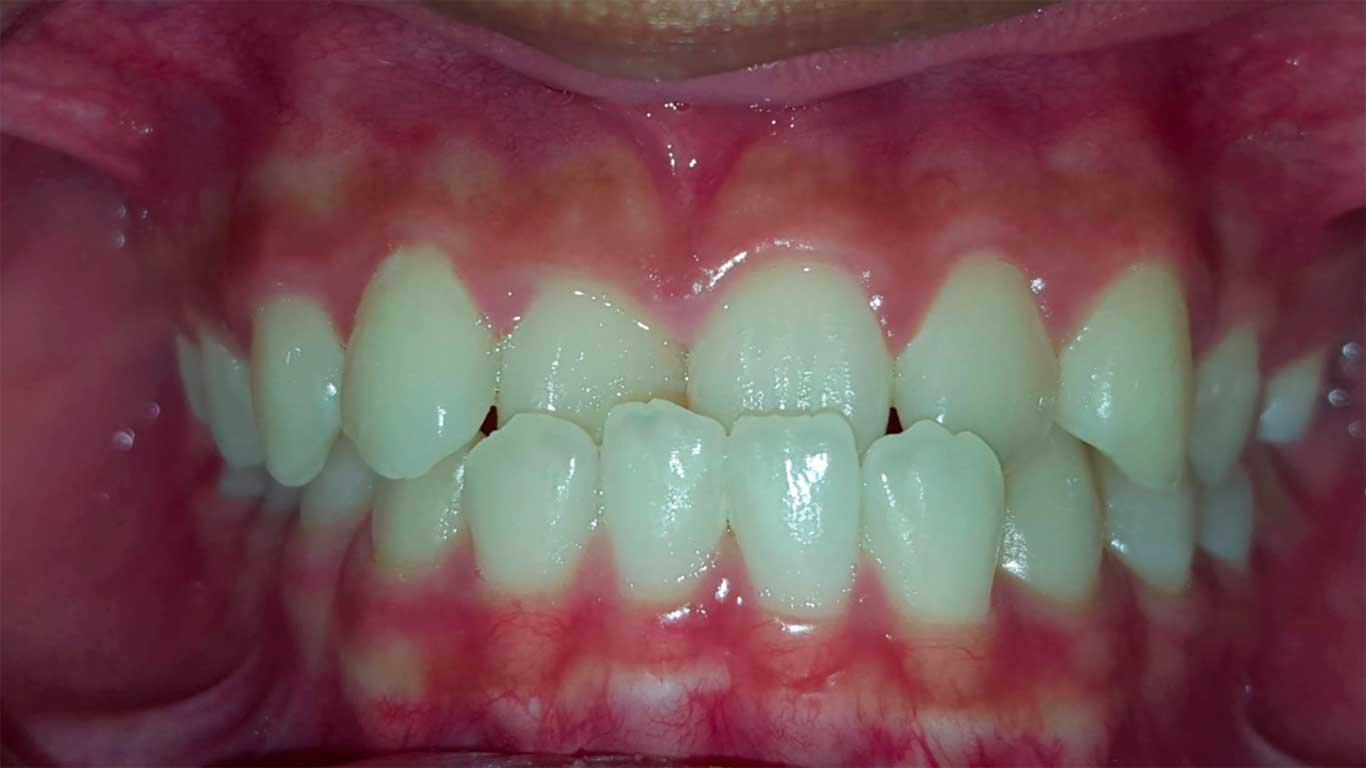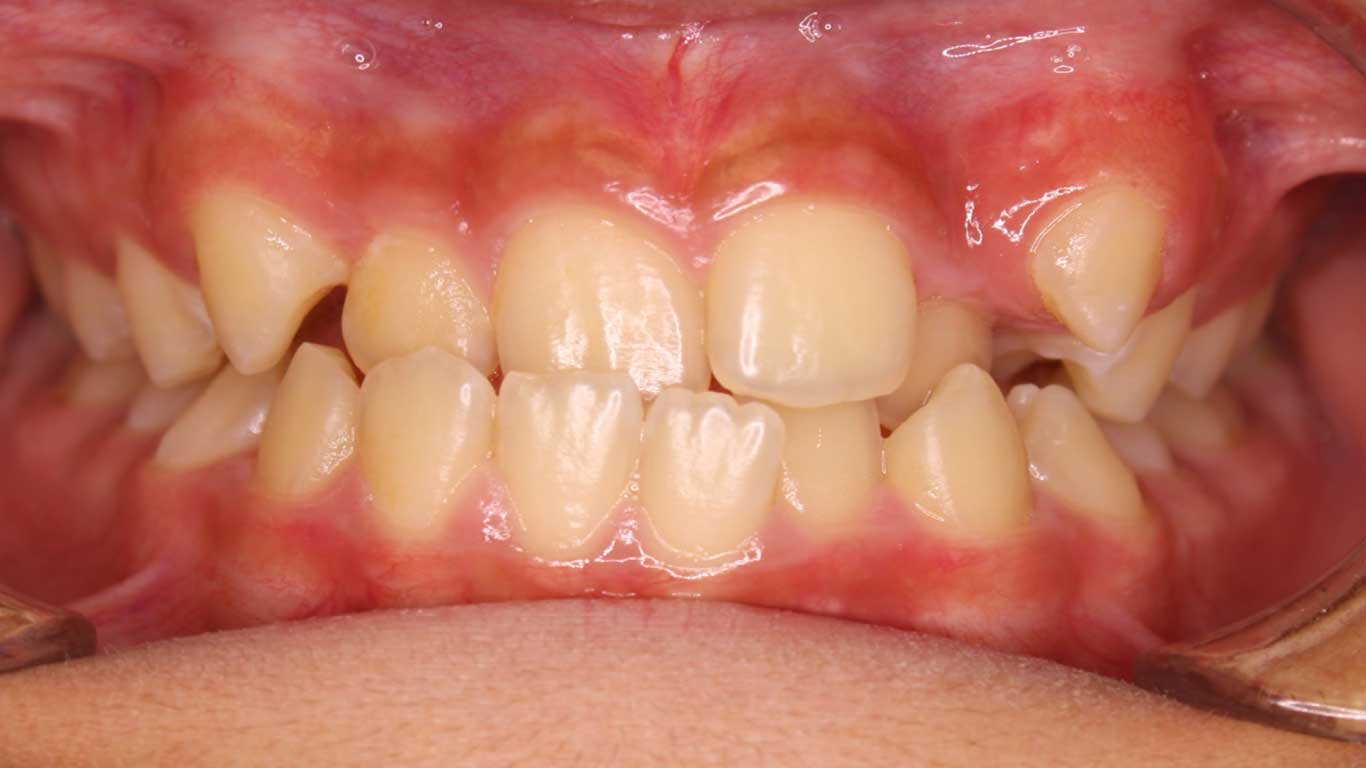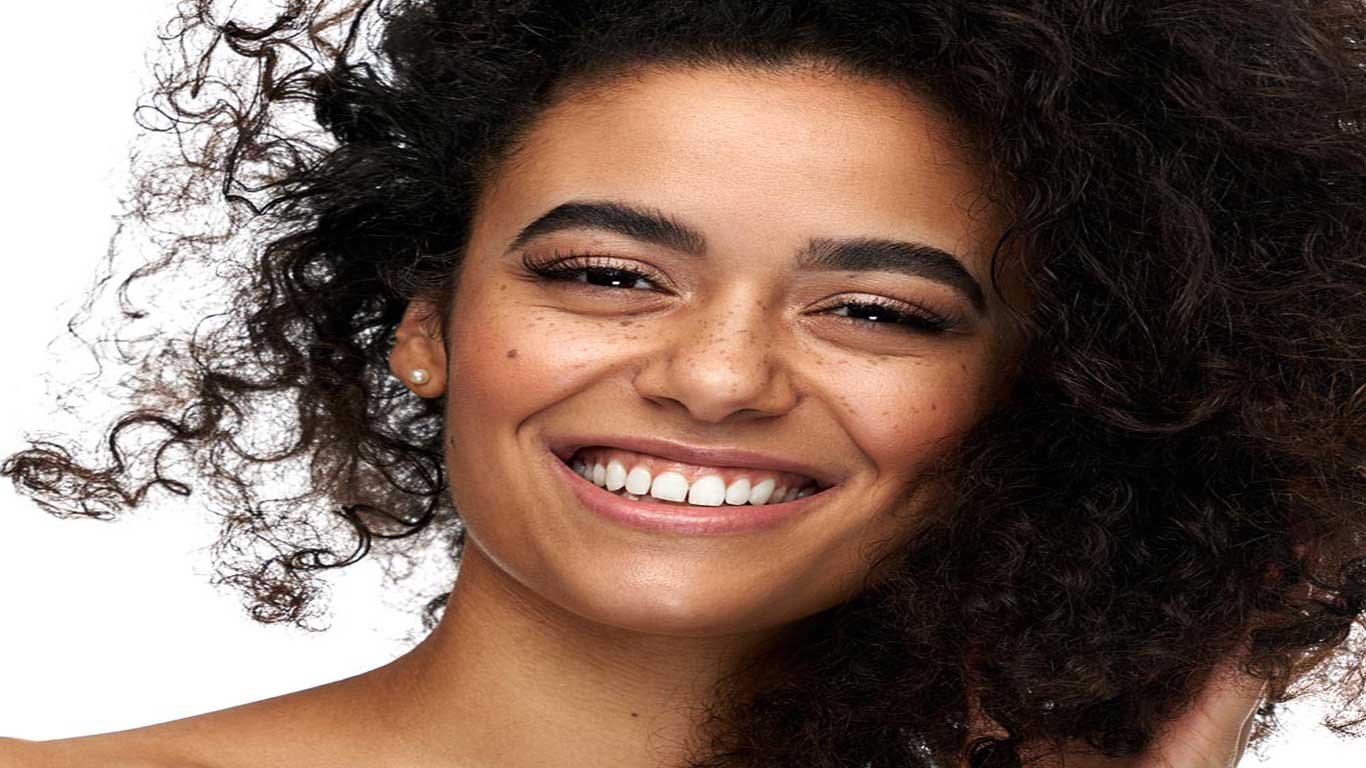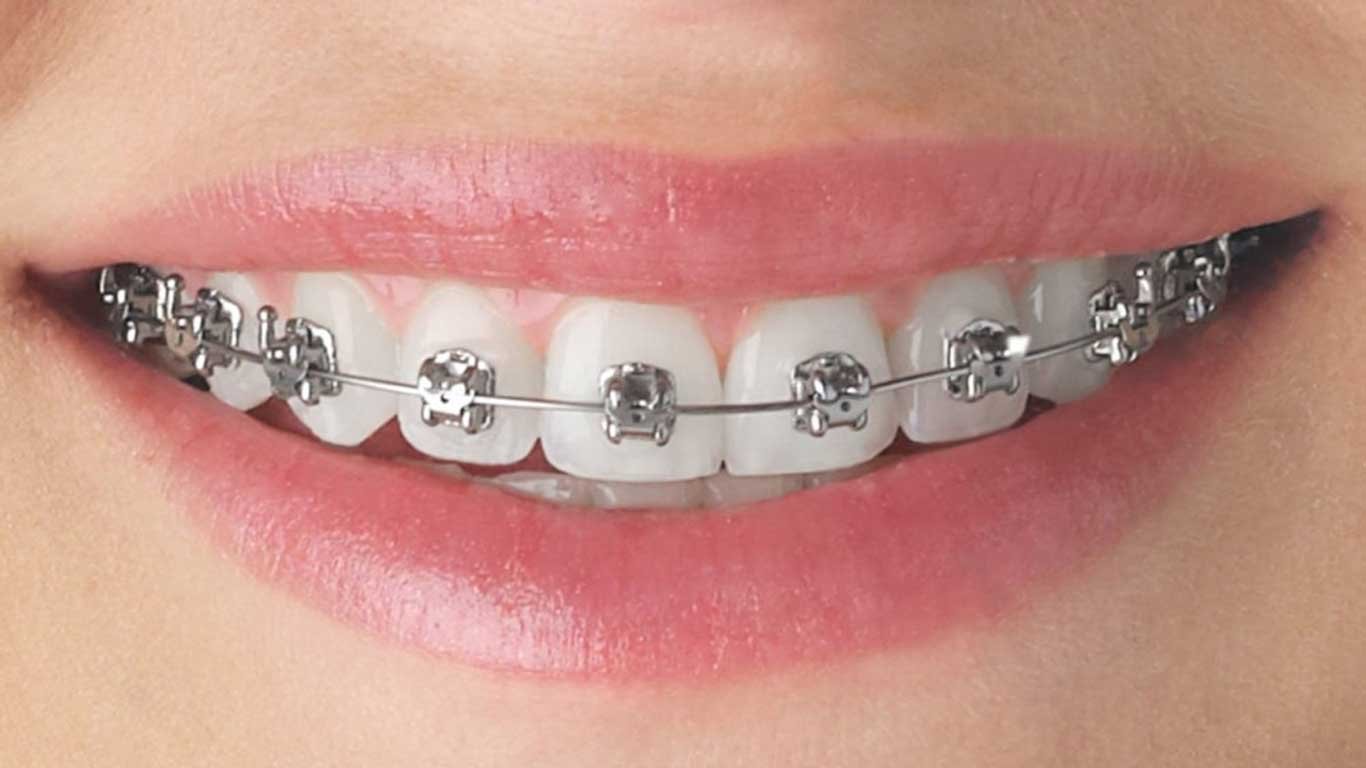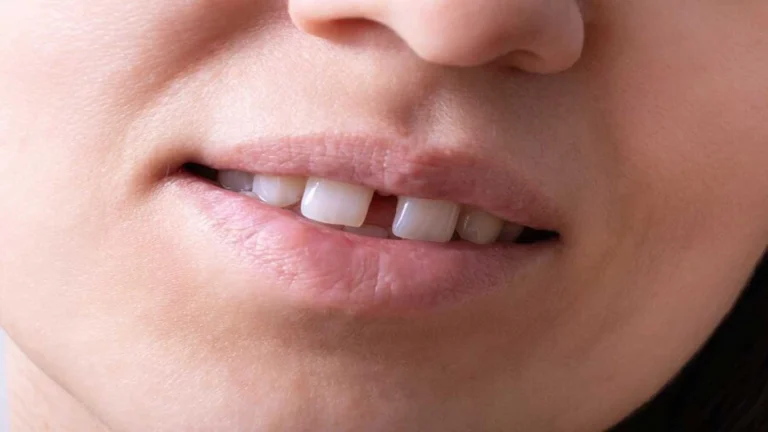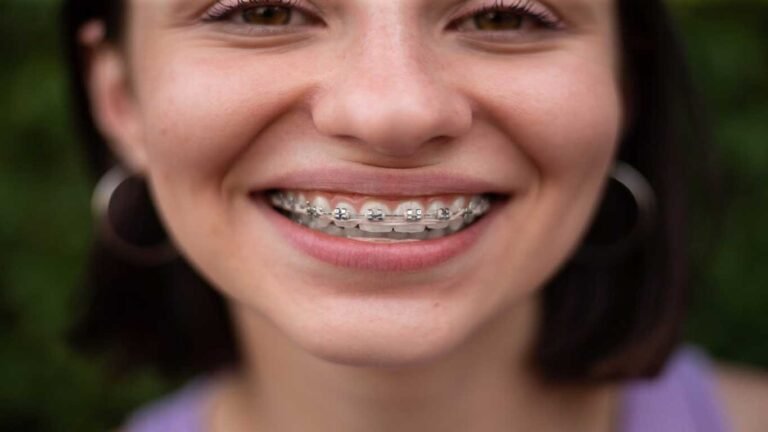Teeth crooked are not something new, affecting both children and adults. While some people view them as a charming quirk that adds character to their smile, others may experience deep mental distress, health complications, or speech issues.
Due to the importance of the weight of teeth in people’s lives, we decided to dedicate this article to this subject and provide you with the most useful information.
The Reason for Teeth Crooked
Both baby teeth and permanent teeth can be crooked or become crooked. The reason for crooked baby teeth is often due to the fact that they’re too small to fill the amount of gum space allocated. Prolong habits, such as thumb-sucking or pacifier use, are the other common reasons for misalignment of baby teeth.
Interestingly, having crooked baby teeth doesn’t necessarily mean your child will have permanent teeth crooked. However, if baby teeth are overcrowded, there’s a higher likelihood that permanent teeth will be crowded.
If baby teeth fall out sooner than they would naturally, either due to tooth decay or trauma, the space they leave can disrupt the natural alignment of permanent teeth. As a result, there is a heightened risk of the permanent teeth erupting crooked or out of straight.
Other issues that may affect baby teeth that can also affect permanent teeth include:
Jaw size
Based on Healthline magazine, the modern soft diet and processed foods that may require less chewing than the foods eaten by our early ancestors may change the jaw size and make it smaller. A smaller jaw is the main cause of crooked, misaligned teeth, and crowded teeth.
Poor myofunctional habits
Myofunctional habits refer to those repetitive behaviors that highly affect the muscles, mouth or face function. These behaviors include:
- pacifier or bottle use
- thumb sucking
- mouth breathing
- tongue thrusting
Malocclusion
Malocclusion (improper bite) occurs when the points of the upper teeth don’t fit into the grooves of the lower teeth. In other words, malocclusion problems are a dental condition where the upper and lower teeth cannot fit properly when the mouth is closed. It involves various issues, such as overbite, underbite, crossbite, etc.
An overbite occurs when the upper front teeth extend excessively over the lower front teeth, while an underbite happens when the lower front teeth protrude beyond the upper front teeth. A crossbite occurs when some upper teeth sit inside the lower teeth. All conditions are not only impacting your smile appearance, but also may lead to jaw discomfort, chewing difficulties, and speech issues.
To address the malocclusion, some orthodontic treatment, such as braces or other corrective appliances, may be used. In severe cases, jaw surgery might be necessary to reposition the jawbone and achieve the proper alignment.
We strongly believe in this famous expression that prevention is always better than treatment; due to that, we insist on early treatment because early detection and management of malocclusion-related issues can play a significant role in preventing further complications and ensuring proper dental health in the future.
Other factors
Genetics and heredity: “Crooked teeth genetics” is the expression that we always encounter in our field. If one or both of your parents had crooked or crowded teeth, you’re more likely to inherit this predisposition. Additionally, you may inherit dental issues, such as an overbite or an underbite, from your parents.
Poor dental care: If you ignore regular dental checks-up, it may cause severe complications, such as gum disease, cavities, etc. Left untreated, these problems may lead to crooked teeth and additional oral health problems.
Poor nutrition: Lack of essential nutrients, especially during childhood, can increase the risk of tooth decay, poor enamel formation, and ultimately, crooked teeth.
Facial injury: Facial injuries, like a hit to the mouth or face, may have far-reaching consequences for your teeth. The impact can knock teeth out of place, resulting in one or more crooked teeth.
The Most Common Types of Crooked Teeth
Crowding: Crowding occurs if your jaw is small and doesn’t have sufficient space for all your teeth. Crowding teeth are hard to clean, increasing the risk of cavities and other oral issues.
Spacing: If you have space between your teeth, food can get stuck in between, leading to cavities and gum disease.
Openbite: Anterior openbite occurs when the back teeth are fitted together, but the front top and bottom teeth don’t overlap each other. Posterior openbite is reverse; the front teeth meat each other perfectly, but the back teeth don’t. Both types of openbite can cause problems with swallowing, tongue thrusting, and, in the worst case, difficulty speaking.
Tooth rotation: Some teeth are rotated or twisted.
Crossbite: Anterior crossbite —the most common type of crossbite — occurs when the upper front teeth (incisors and canines) are positioned too far over the lower front teeth. Posterior crossbite occurs when the upper back teeth (molars) are positioned too far over or under the lower back teeth.
Issues Caused by Crooked Teeth
In some cases, crooked teeth may affect a person’s quality of life. Misaligned teeth can interfere with chewing, speaking, or even feeling pain when speaking or eating.
Moreover, crooked teeth for some people may cause psychological distress and stop them from smiling or, in the worst case, avoiding social interactions.
Serious issues that may arise from crooked teeth include:
- Periodontal disease: Crooked teeth can make it challenging to clean effectively between the teeth, increasing the risk of plaque buildup and gum disease. If left untreated, gum disease can lead to more serious infections that damage the gums, bones, and teeth.
- Difficulty in chewing and proper digestion: One of the serious problems that crooked teeth may cause is difficulty in chewing, leading to inefficient digestion and nutrient absorption that affect your overall health and well-being.
- Speech difficulties: Misaligned teeth can affect the way the tongue contacts the teeth to articulate sound, resulting in speech impediments that have an adverse effect on communication and social interactions.
- Excessive wear: Other consequences of crooked teeth are excessive wear and tear on the teeth and jaw muscles, leading to jaw strain, cracked teeth, chronic headaches, and temporomandibular joint disorder.
- Self–esteem: Unhappiness with crooked teeth can negatively impact self-esteem and confidence, affecting individuals’ overall well-being and quality of life.
Crooked Teeth Treatment
The question that we frequently encounter is, “Should crooked teeth be straightened?” The decision is a personal approach. Beauty isn’t measured; it should be in the eye of the beholder, and sometimes imperfect teeth can be memorable and unique. In some cultures, like Japan, slightly crooked canine teeth –yaeba- particularly in women, are a sign of attractiveness.
But if your crooked and misaligned teeth make you self-conscious or provide you with problems that have already been mentioned, you should think about orthodontic treatment.
If you consider straightening your crooked teeth, you have several alternatives:
Metal Braces
Metal braces are a tried-and-true method for correcting misaligned teeth, making them a popular choice for children and adults. Their effectiveness is particularly noteworthy in children, whose gums and bone tissue are still malleable and adaptable to orthodontic treatment.
However, many factors affect the duration of the treatment, but generally, the treatment period takes anywhere from two to three years. During this time, brackets, flexible wires, and bands are meticulously attached to the teeth, gradually guiding them into proper alignment.
Traditional metal braces are the best solution for severe dental alignment issues. Sometimes, your orthodontist may recommend headgear in conjunction with braces to provide additional force to shift teeth into the desired position.
Thanks to advancements in orthodontic technology, braces nowadays have evolved into more comfortable and aesthetically pleasing options. Smaller brackets and reduced metal content make them easier to maintain and less noticeable than they used to be. Rubber bands, now available in a variety of colors and patterns, allow individuals to express their personal style while undergoing the treatment.
According to Authority Dental, crooked teeth braces cost anywhere between $3,000 to $7,500, depending on the complexity of the case, where you live, and whether your insurance plan covers the cost.
Ceramic Braces
Ceramic braces offer a discreet and aesthetically pleasing alternative to metal braces, blending seamlessly with the natural color of teeth. While their function of straightening teeth remains similar to that of metal braces, they are more susceptible to staining and breakage.
They also cost a bit more compared to metal braces, between $3,500 to $8,000, depending on where you live, the amount of work done, as well as your insurance coverage. However, this investment comes with the potential for discoloration or damage, requiring extra care and maintenance.
Invisible Braces
Invisible braces, such as Invisalign, offer a discreet and convenient alternative to traditional braces, making them a popular choice among teenagers and adults seeking to straighten their crooked teeth without compromising their appearance. They are a suitable option for minor to moderate dental issues.
These custom-made clear plastic aligners, resembling mouthguards, fit individual mouths and gently guide teeth into the desired position.
The removability of Invisalign aligners allows for easy removal during meals, hygiene routines, and social occasions, enhancing comfort and convenience.
The cost can vary, typically ranging from $3,500 to $8,000, depending on factors like the severity of the case, the number of aligners required, the location, and your insurance coverage.
At York Orthodontics, we believe that achieving a beautiful smile should not be a financial burden, so we offer flexible payment plans, such as monthly installments, to make orthodontic treatment more affordable for our patients.
Lingual Braces
Before delving into this specific type of brace, let us inform you that York Orthodontics doesn’t utilize this type of brace.
Lingual braces are similar to traditional metal braces, except that they’re attached to the backside of the teeth. However, they’re just a solution for specific dental problems and come at a higher cost than traditional braces, ranging from $5,000 to $13,000.
The challenges associated with lingual braces include their intricate placement on the teeth’s posterior surface, making them more difficult to clean than traditional braces. Additionally, they are not recommended for severely misaligned teeth due to their limited effectiveness in correcting complex tooth movements.
The duration of treatment with lingual braces is typically longer, and individuals may experience difficulty adapting to their placement.
Teeth-straightening surgery
Teeth-straightening surgery, a complex procedure performed by maxillofacial surgeons, may be considered as an alternative to reduce the overall treatment time.
Your orthodontist may suggest a minor surgical procedure that aims to reposition the underlying bones and gums supporting your teeth. In severe cases where misalignment significantly affects chewing and speaking, a more extensive procedure involving jaw realignment (known as orthognathic surgery) may be necessary.
Cause of Crooked Front Teeth
There are several causes of crooked teeth, including:
- Your teeth are large compared to your jaw.
- The size of your teeth is normal, but your jaw is small.
- The size of your teeth is normal, but they’re crooked due to the absence of other teeth.
- The presence of extra teeth or a low-placed frenulum doesn’t allow good tooth positioning.
Crowded Bottom Teeth
What should you do if your bottom teeth are crowded or overlapped?
Usually, when there’s a significant difference between your tooth size and jaw size, you have crowded or overlapping bottom teeth. Other factors include:
- Tongue Thrusting
- Mouth Breathing
- Asthma
- Allergies
- And so on
In some cases, crowded teeth may lead to jaw joint damage as well as gum disease.
Some of the most common treatments offered by Dr. Mir include Invisalign as well as braces.
After the completion of your treatment, you’re advised to wear retainers to ensure your teeth remain in perfect shape once they’ve been straightened.
Teeth Crooked After Not Wearing Retainer
After your treatment time is over, your orthodontist will ask you to wear retainers to prevent teeth from shifting to their previous positions. The longer you go without wearing retainers, the more your teeth can return to their original position.
Teeth crooked after braces, is this common? Yes, it can be a common issue if you ignore wearing a retainer for some time. In this case, you give your teeth enough time to shift to their original spots and, in some instances, become crooked.
Another bad news is that if you still insist on not wearing retainers for some time, there’s a risk that the retainers won’t fit over your teeth at all.
What Happens During an Orthodontic Consultation?
During an orthodontic consultation, Dr. Mir meticulously examines your mouth, teeth, and jaw, assessing your overall alignment. He carefully inquires about any unusual sensations or discomfort, such as popping noises when opening or closing the mouth or physical strain during chewing or other activities.
At York Orthodontics, we used cutting-edge orthodontic scanners, such as the iTero Scanner, to create a digital, 3D impressions of a patient’s teeth for better detection of their problems and to offer the best suitable solution tailored to their needs.
At the end, if you’re looking for an experienced and compassionate orthodontist in the York and Thornhill areas, York Orthodontics is the perfect choice. We provide you with the expert care you need to achieve a healthy, beautiful smile.
Moreover, we offer a variety of orthodontic treatments to suit all needs and budgets. Also, we offer flexible payment plans to make orthodontic treatment affordable.
Call us today to schedule a free consultation and start your journey to a radiant smile!

